
Product information
Cerbaiona Brunello di Montalcino 2018
$525
Description
The second Cerbaiona Brunello I’ve tried. I’d love to compare it directly to the 2018 Soldera and Poggio di Sotto. A wine from a maker with intent. An expression of fruit that shows delicacy and refinement, plush, and vibrant. Here we see a mouthfeel of fine tannins of depth. Building in the glass, a slight green / reductive edge resolves and the fruit shines.
Complexed with rose, musk, spices, lavendar and earth on ripe strawberries. The aromas and flavours sit on the more sophisticated side of the ledger. The tannins more in the middle of the Brunello continuum serious without heading anywhere near the overt styles we see in the clinical styles of others. This would be a fascinating wine to watch evolve over a number of years. It’s clear there is quality fruit here.
My experience of Cerbaiona is limited to just 4 wines. The Rosso and Brunello the clear picks. I feel Fioretti is yet to have enough experience with Cabernet Franc and Cabernet to release the full potential his Santinovo. It’s definitely one to watch.
Researching the wine, I came across Galloni’s notes on the 2010 Brunello. “In all of my years tasting the wines of Montalcino, I have only come across two wines with this level of textural unctuosity and sweetness; Gianfranco Soldera’s 1983 Brunello and 1990 Riserva.”
There is not a more emphatic statement that could be made about the capability of a Tuscan estate than that!
Out of stock
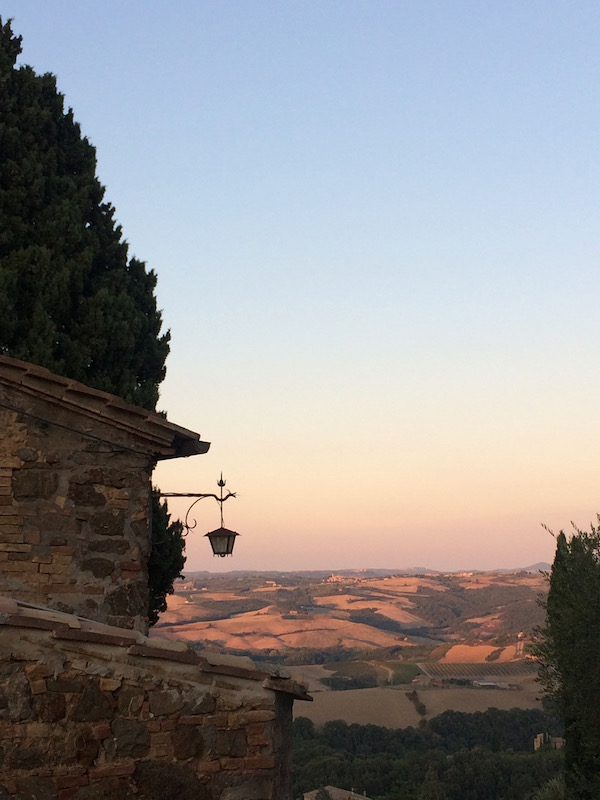
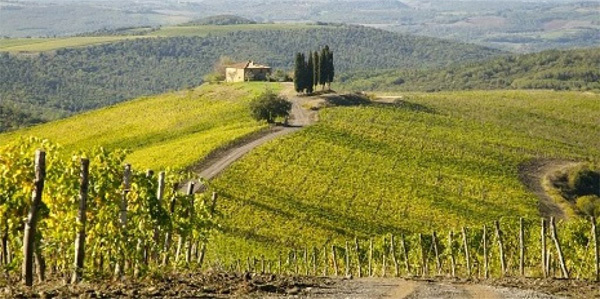





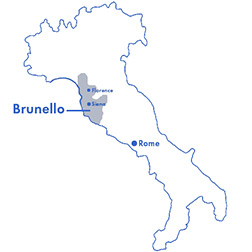
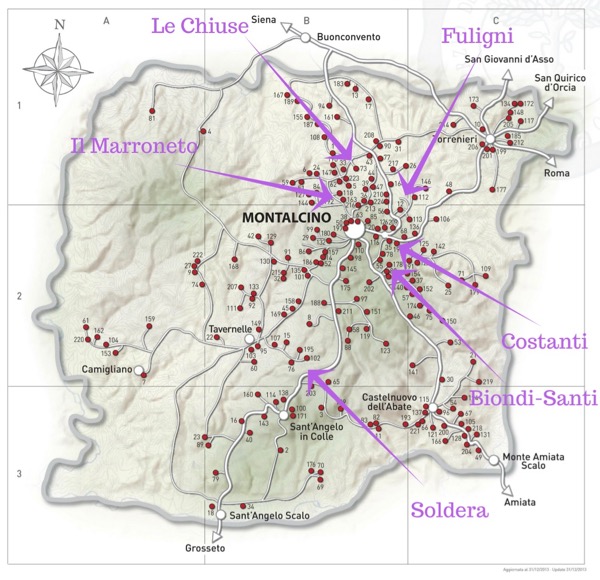
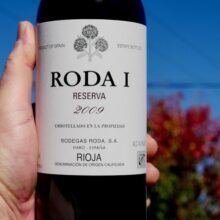
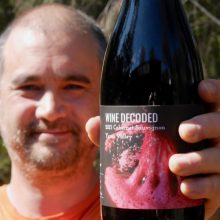
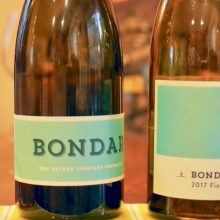
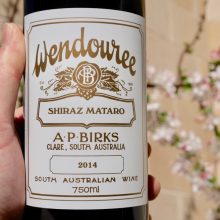
You must be logged in to post a comment.